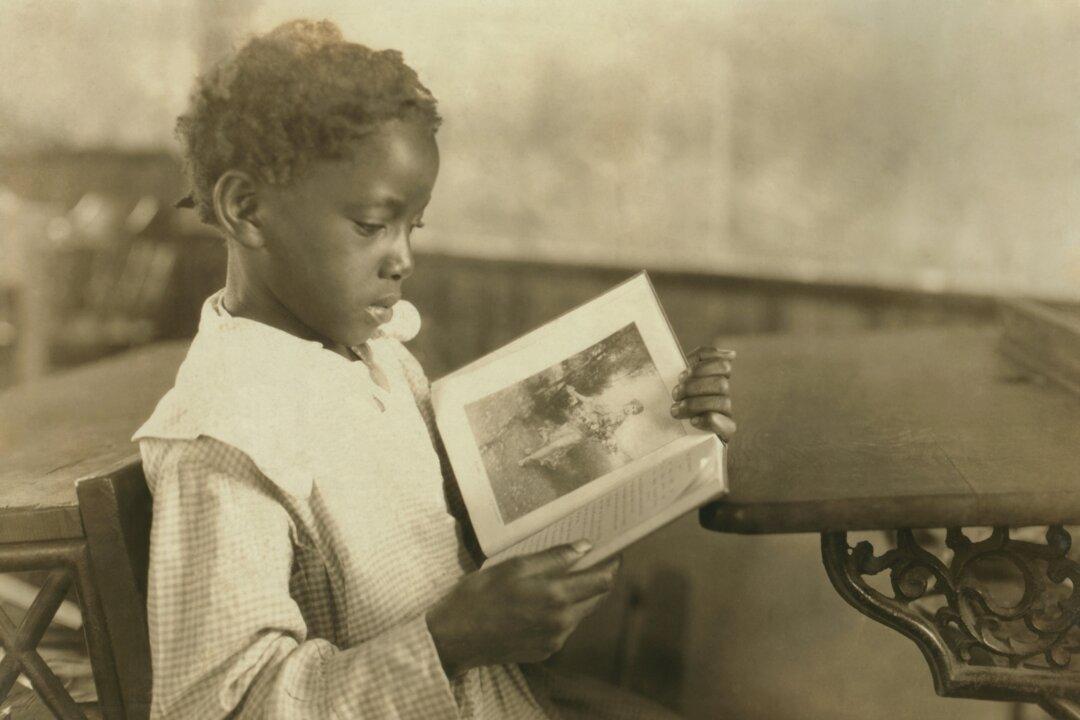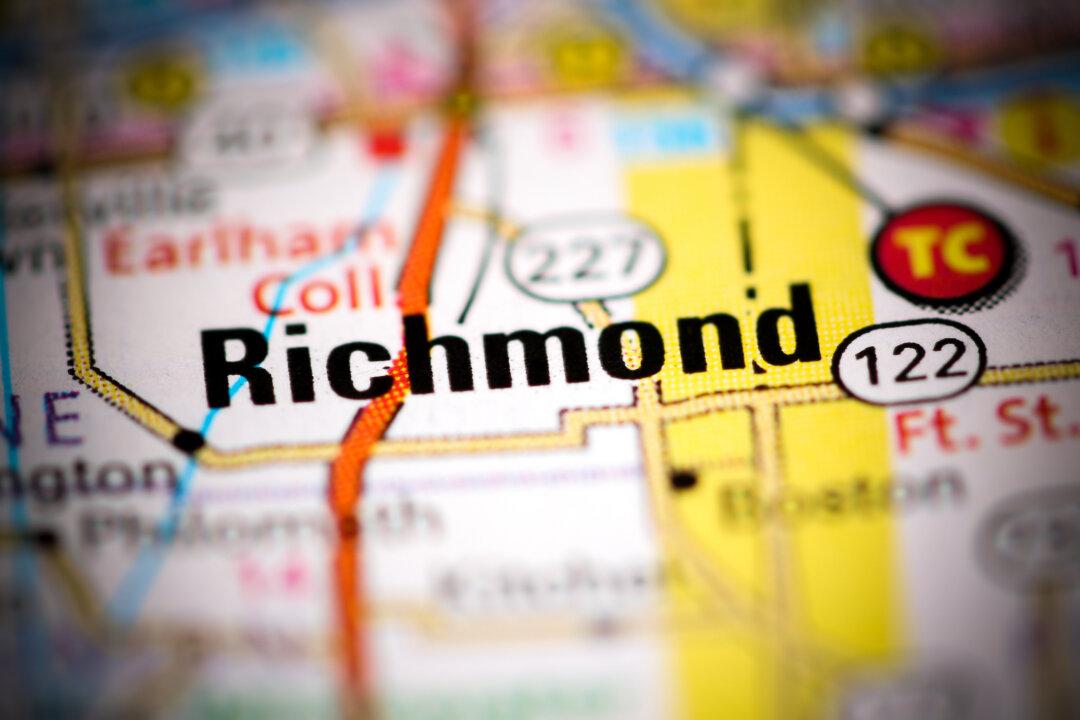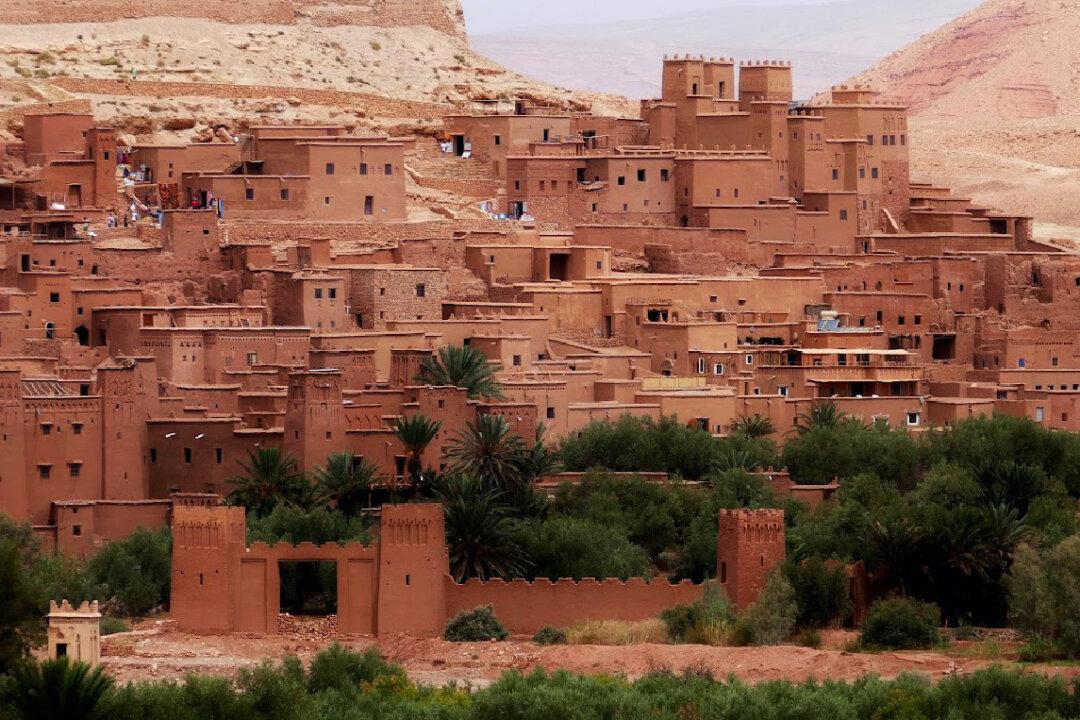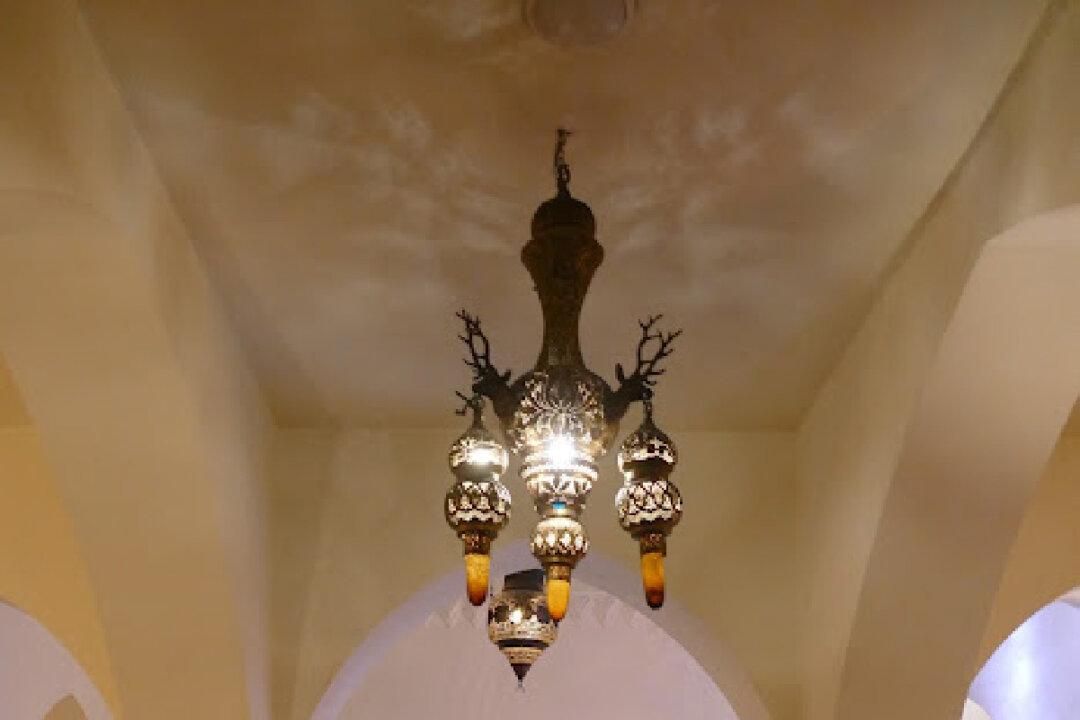Historians are divided as to whether Cleopatra really sailed on a barge on the Nile, but if she didn’t, she really should have. She would have been missing a scenic adventure like no other as well as an understanding of why this river is so crucial.
At 4,132 miles long, the Nile narrowly edges out the Amazon as the longest river in the world. It originates in Burundi and runs north through 11 African countries before emptying into the Mediterranean. Seen from above, the river and its tributaries seem to blossom into a lotus flower at Cairo, so the lotus is Egypt’s national flower. The opening and closing of the lotus flower symbolize creation and rebirth, which is central to Egyptian spirituality. Papyrus, a precursor to paper, also comes from this significant river and grows plentifully in its southern marshes. Both are replicated in temple and tomb carvings throughout the country.
But the main reason the Nile is so important is that without it, Egyptian civilization couldn’t exist. The country sits at the northeast corner of the Sahara and has virtually no rain, so the spring floods that come from monsoons in Ethiopia and the fertile silt they leave behind are what make agriculture possible. Locals say Egypt has three seasons: flood, farming, and harvest.
“It’s our bloodline,” said our guide, Sameh Samir, “the source of our lives.”
Now that we knew all of this, my husband and I eagerly boarded a ship for our three-day cruise. The staff greeted us with glasses of hibiscus tea and suggested that the best views would be from the ship’s top deck, but it was cool and windy there, and our cozy stateroom had the makings for cups of tea. We settled in there, opened the window so we could get clear pictures and hear the sound of the water, and watched life unfold on the banks of this ancient river.
Because of Egypt’s Saharan location and dependence on the Nile, its nearly 100 million people live on 5 percent of the land, most of it along the river. That meant that we were able to see cities and towns—each with a towering minaret—people at work and play on the banks, and sand dunes beyond them in the distance.
We watched fishermen unfurl their nets and load their catch into small boats, farmers balancing huge sheaves of papyrus and other crops on their shoulders and heads. Women did laundry along the river and hung their clothes on lines or over the walls around their homes. Cattle grazed while their caretakers took to the shade in small shelters built for this purpose, and men walked their camels down dusty roads. Children sledded on collapsed cardboard boxes down small dunes, laughing in delight at this simple pleasure.





